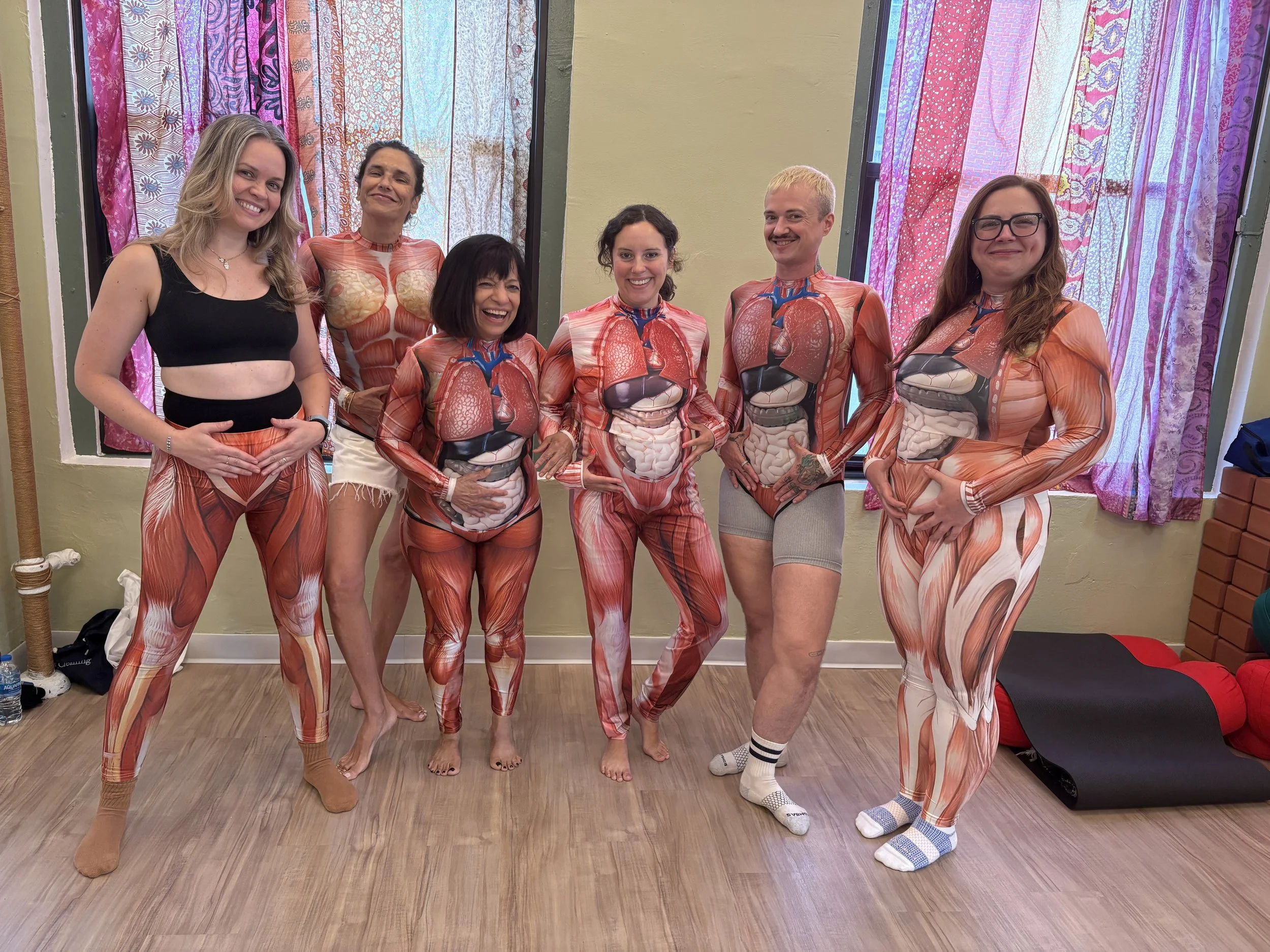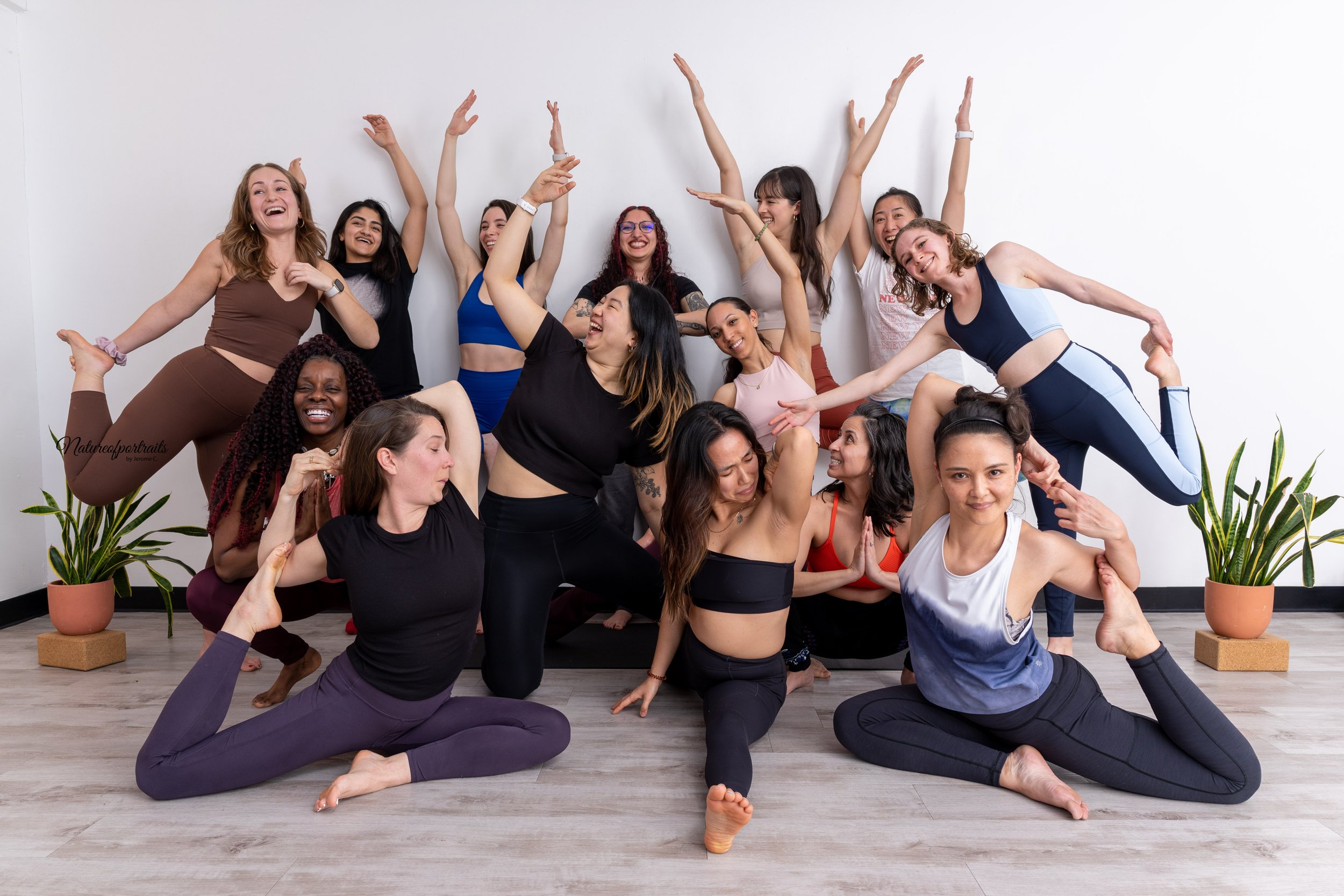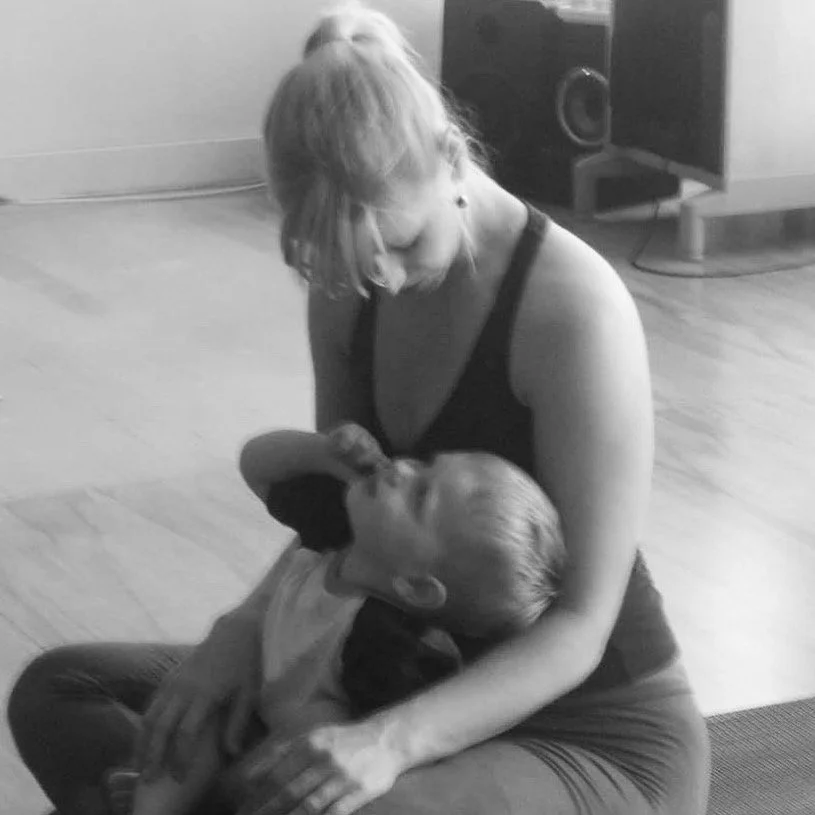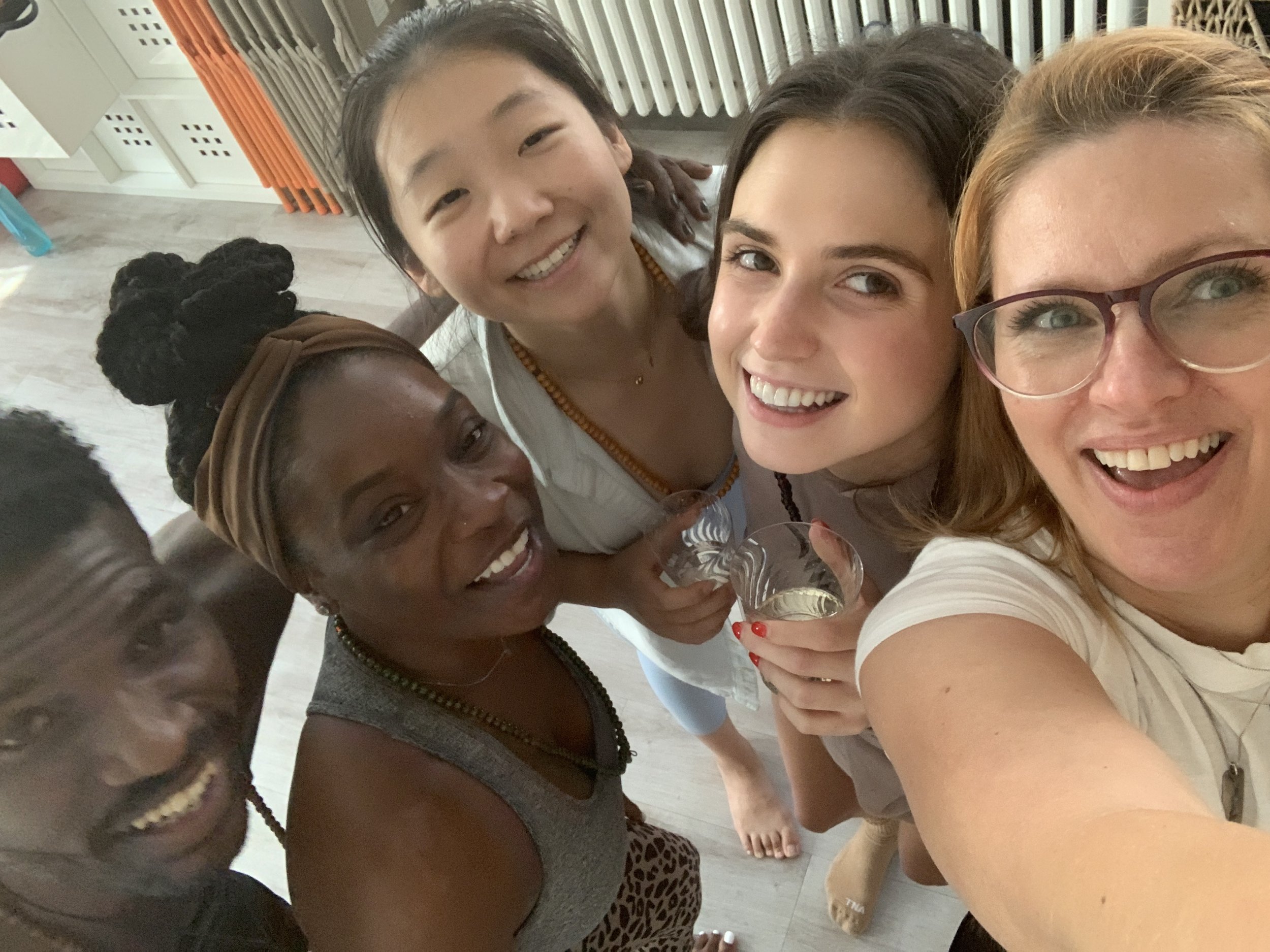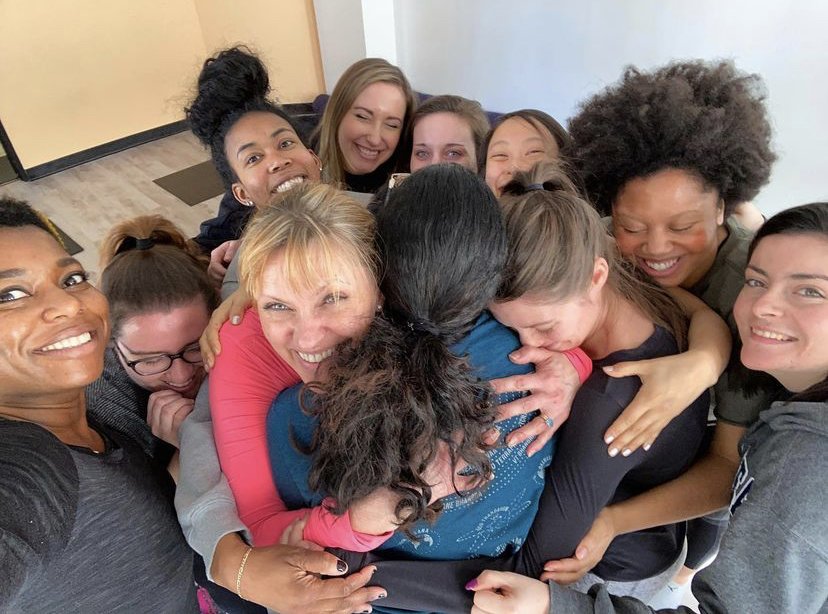When I was a very little kid, my parents would take us to the forest to hunt for our Christmas trees. We’d go sledding and my dad would build a fire so we could roast hot dogs. We’d drink hot cocoa from a thermos. It was all very classic, very perfect, very wonderfully Christmas.
Those trips ended after my parents found themselves in a double bind of sickness and financial straits; they couldn’t go tree hunting and they couldn’t afford to buy a tree off a lot.
Luckily, my dad’s friend, Joe, came to the rescue. He offered to cut a tree down for us. Joe was a kind, but gruff, practical outdoorsman man with no sense of style or aesthetic appreciation. And so, the tree he cut for us was hideous. It was the alpine equivalent of heavy drinker who’d been in a lot of bar brawls. It was the walk of shame of trees. This tree had a hard life and stories to tell. It was tall, but also squat, like a bridge troll with a shrunken head. It had weird, gnarly branches that stuck out in every direction like hooks, yet somehow it also managed to have large bald patches everywhere. When we tried the “ol’ turn the bad side to the wall’ trick, we discovered we couldn’t. Every side was a bad side.
My sisters and I were devasted. This was the ugliest, meanest tree we had ever seen. How could this be our tree? We told our dad, “Forget this tree!” but he wouldn’t hear it. He knew it was a generous gesture, given out of love. Even if it was horrible, he was grateful and there was no way we weren’t going to keep it. We were stuck with this Joe Tree.
My mom, sisters and I decided to make the best of it. We were going to Charlie Brown this tree! We’d love it into the tree we knew it could be! We bought fancy tinsel garlands and pretty bows. We made paper chains and added extra baubles.
It didn’t work. It just made a prickly, grumpy tree a shinier, prickly, grumpy tree.
The tree was embarrassing and we tried to keep our friends away. When they came over, we’d joke about the tree, ridicule it, make fun of it, our dad, and Joe. The tree had, in many ways, become a representation of the life we were living behind closed doors. It was a life that we still desperately wanted to be “perfect,” but was in fact being turned upside down.
Joe continued to cut trees for us for several years. Every year the tree was a utilitarian nightmare. Every year we’d beg our parents to buy a tree, but they were struggling to make ends meet so it was Joe Tree, or no tree. And even a Joe Tree was better than no tree. So, every year we put lipstick on that pig and made the best of it.
Over time Joe Trees became our inside joke. They became less and less about what others would think and more and more about what we knew to be true; Joe was a friend, and he was trying to be nice. And Christmas and families are messy and complicated. And those trees were horrible.
________________
Of all my childhood holiday memories, the Joe Trees stand out because they are an endearing gesture of love that were ultimately harmless, and, in hindsight, very funny.
Joe Trees are now the standard by which my younger sister and I gauge our holiday prowess. We almost instinctively look for the messy part of our holiday preparations and share them with gleeful pride. The lights we never finished hanging, the food we burn, the gifts we forgot to send, the party fails; they all get a Joe Tree award! We tend to celebrate each other’s awkward attempts at saving, and ultimately messing up, Christmas more than we do our successes. And I love it. It is one of my favorite parts of the season.
________________
This time of year, with the conflicting dynamics and pressures to make it special, can be overwhelming.
As you head into this last week of the year, whether you celebrate Christmas or not, I hope you are able to extend grace and love to yourself. I hope you can revel in the stupid messiness of it all and just give yourself a break. Just accept your Joe Trees; it’s OK.
________________
Normally at this point in an email I would talk about all our offerings, but instead, I am going to leave you with this very Joe Tree worthy holiday carol I made-up last night. I hope it gives you a little cheer!
________________
Warts and All
Friend, may you experience grace and the space you need,
For you my friend, are an expression of the universe,
Warts and all, warts and all, warts, and all!
Friend, may you have support and moments of peace,
For you my friend, are perfect star dust,
Warts and all, warts and all, warts, and all!
Friend, may you find joy and know your beauty.
For you my friend, are worthy,
Warts and all, warts and all, warts, and all!
My friend, you are invited,
Warts and all, warts and all, warts, and all!
Because you, my friend, are loved,
Warts and all, warts and all, warts, and all!
Fa-la-la-la-la, la-la-la-la!

